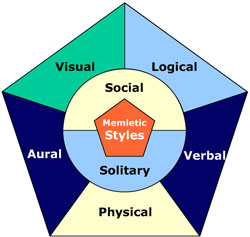There are many ways to get information. The most common research methods are: literature searches, talking with people, focus groups, personal interviews, telephone surveys, mail surveys, email surveys, and internet surveys. A literature search involves reviewing all readily available materials. These materials can include internal company information, relevant trade publications, newspapers, magazines, annual reports, company literature, on-line data bases, and any other published materials. It is a very inexpensive method of gathering information, although it often does not yield timely information. Literature searches over the web are the fastest, while library literature searches can take between one and eight weeks. Talking with people is a good way to get information during the initial stages of a research project. It can be used to gather information that is not publicly available, or that is too new to be found in the literature. Examples might include meetings with prospects, customers, suppliers, and other types of business conversations at trade shows, seminars, and association meetings. Although often valuable, the information has questionable validity because it is highly subjective and might not be representative of the population. A focus group is used as a preliminary research technique to explore peoples ideas and attitudes. It is often used to test new approaches (such as products or advertising), and to discover customer concerns. A group of 6 to 20 people meet in a conference-room-like setting with a trained moderator. The room usually contains a one-way mirror for viewing, including audio and video capabilities. The moderator leads the group's discussion and keeps the focus on the areas you want to explore. Focus groups can be conducted within a couple of weeks and cost between two and three thousand dollars. Their disadvantage is that the sample is small and may not be representative of the population in general. Personal interviews are a way to get in-depth and comprehensive information. They involve one person interviewing another person for personal or detailed information. Personal interviews are very expensive because of the one-to-one nature of the interview ($50+ per interview). Typically, an interviewer will ask questions from a written questionnaire and record the answers verbatim. Sometimes, the questionnaire is simply a list of topics that the research wants to discuss with an industry expert. Personal interviews (because of their expense) are generally used only when subjects are not likely to respond to other survey methods. Telephone surveys are the fastest method of gathering information from a relatively large sample (100-400 respondents). The interviewer follows a prepared script that is essentially the same as a written questionnaire. However, unlike a mail survey, the telephone survey allows the opportunity for some opinion probing. Telephone surveys generally last less than ten minutes. Typical costs are between four and six thousand dollars, and they can be completed in two to four weeks. Mail surveys are a cost effective method of gathering information. They are ideal for large sample sizes, or when the sample comes from a wide geographic area. They cost a little less than telephone interviews, however, they take over twice as long to complete (eight to twelve weeks). Because there is no interviewer, there is no possibility of interviewer bias. The main disadvantage is the inability to probe respondents for more detailed information. Email and internet surveys are relatively new and little is known about the effect of sampling bias in internet surveys. While it is clearly the most cost effective and fastest method of distributing a survey, the demographic profile of the internet user does not represent the general population, although this is changing. Before doing an email or internet survey, carefully consider the effect that this bias might have on the results.

